American Racing Pigeon Union History and Origin Part 4
Current Era
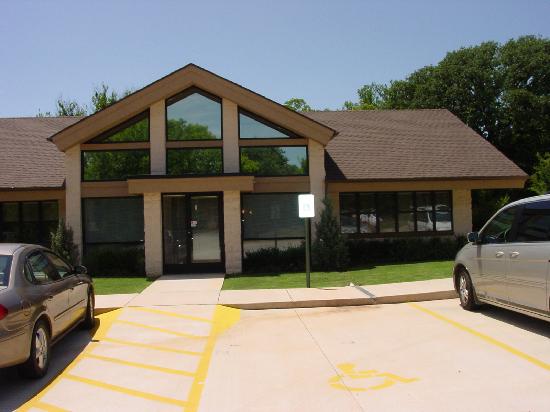 Restrictions prohibiting the keeping of pigeons were unforeseen in 1909, when many homes had stables housing horse and buggy. Today, ordinances and other governmental restrictions are a limiting factor on the growth of the racing pigeon sport. Despite population increase, membership has not varied substantially in the last 35 years. Ordinances are one element in the lack of growth, but a more significant factor is the wide variety of leisure activities now available to young and old that did not exist until after the Second World War.
Restrictions prohibiting the keeping of pigeons were unforeseen in 1909, when many homes had stables housing horse and buggy. Today, ordinances and other governmental restrictions are a limiting factor on the growth of the racing pigeon sport. Despite population increase, membership has not varied substantially in the last 35 years. Ordinances are one element in the lack of growth, but a more significant factor is the wide variety of leisure activities now available to young and old that did not exist until after the Second World War.
Our sport still needs a unified membership in a strong national organization similar to those in countries where fancier membership is greatest, such as England, Belgium, Holland, Germany and Japan. A strong national organization can more effectively foster a public relations program to educate the general public and develop programs, which will attract new members, better serve existing members, and minimize unreasonable governmental restrictions.
The ARPU is accomplishing much for its members. In 1985, the AU introduced the first computer race program for figuring race results, which greatly improved the sport. 1982 saw the beginning of the AU UPDATE, a triennial membership magazine; the start of the AU Speakers Bureau; minimum standard club race rules; and the concept of an Executive Director for the AU was born.
In 1984, the AU played a significant part in the development of the PMV-1 vaccine and conducted several clinics to instruct the membership in the proper technique of immunizing their birds. The Association of Pigeon Veterinarians was founded in 1984 and has grown to be a tremendous asset to AU members.
In 1985, the United States Postal Service approved the express mail shipping of pigeons in the United States. This service has been a significant benefit to the members in that it allows the overnight shipping of birds at much reduced rates.
1987 was a landmark year in that the AU held the first mid-year meeting of the Board of Directors. This has greatly improved the development of new projects for the members and strengthened communication between the Board Members. Annual membership dues was raised in 1988 to $10.00 per member and the first “Who’s Who” book was assembled.
The Avian Assistance Council was founded in 1989 by the AU to provide legal advice to members who were involved in ordinance litigation which may deny them the right to maintain and race pigeons.
That same year, the AU initiated a very progressive promotional program, which included several videos for use by the membership. The following titles were made available “Marathon in the Sky,” “The Homing Pigeon,” “Before the Event,” “Fly Away Home,” and “Pigeons in War.”
1991 was a year of many changes. The AU rewrote the entire awards guidelines, redesigned the AU UPDATE, launched the Help-A-Beginner program, and sponsored the airing of TV commercials in several areas of the country. The following year a new Constitution and Bylaws were drafted for approval by the membership and a drug task force was established to meet the rising concern for use of illegal and harmful substances in racing pigeons.
The AU also conducted the first exit survey of members that have left the organization to gather data on the reasons for leaving the sport. That year the AU, IF, AU and NPA held the first summit meeting of these national organizations.
The spring of 1993 brought with it the avian influenza crisis in the Northeast. The AU was the major funder of research on avian influenza in pigeons. The research, conducted at Ames, Iowa, was conclusive in demonstrating that avian influenza is not transmissible across species (chicken, turkeys, pigeons).
The annual elections of officers in 1994 brought with it many significant changes including: new terms of office, a new Constitution and Bylaws, new Official Race Rules, and for the first time, Rules of Conduct were adopted. The Universal Performance Rating was approved by the Board and with it the concept of Continental Race awards. The Constitution and Bylaws were streamlined and augmented by Policy Letters. The governing documents of the organization are now more flexible and they allow more responsiveness to changing situations.
An AU Infractions Committee was initiated to allow individual members, as well as clubs, an official body to hear their grievances. While it is still preferred that disputes and grievances be settled at the most local level, the Infractions Committee has the authority to investigate complaints and recommend action to the Board of Directors.
The AU also moved to standardize racing competition by developing a uniform set of national race rules to be used by AU clubs across the country. The Competition Standards Committee has primary responsibility in this area.
The goal of hiring of an Executive Director was realized in 1995. Along with the new Executive Director the AU also moved its office to Oklahoma City the same year. Today the office has three additional employees to more effectively meet the growing needs of the membership.
The AU was the sole financial sponsor of research, done in 1995 by an environmental testing firm, which documented that noise levels emanating from pigeon lofts are an insignificant part of the total noise pattern/level. The AU continues to fund the valuable work of the Avian Assistance Council. Their most recent product is the 12-page pamphlet, “Homing Pigeons: Perception vs. Reality.” It has been a great help in the continuing challenge to inform neighbors, city councils, and zoning authorities of the non-threat of our birds in urban America.
In 1997, the AU contracted with an outside consulting firm to execute the most in-depth study ever of the goals, priorities, and need of the members of the organization. The survey results were presented to the AU Board, and a committee was established to study the results and make recommendations to the Board. A very progressive, far-reaching proposal that will make significant changes to the promotion and growth of the sport and strengthening of services to the members was presented and adopted by the Board.
One of the most significant changes adopted by the Board was a dues increase of $15.00 per year in 1998, along with an additional 10 cents per band. The additional funds will allow the AU to develop programs that will promote the sport to all levels of society in America. In short, it is the extra funds that allow the AU to offer more goods and services to members.
The AU has undertaken the task of bringing improved computer software to the hobby. The new WinSpeed© program, designed specifically for Windows 95 application, was introduced in January 1998.
AU leaders with ability, vision, and dedication, have accomplished the many changes described. Due to the ever-changing society we live in, the membership of the AU is also continually changing and, with those changes, brings many new demands on the AU. It will be a continuing challenge for the Board of Directors to meet the ever-changing needs and growth of the racing pigeon sport into the 21st century.
- History and Origin of the American Racing Pigeon Union Part 1
- History and Origin of the American Racing Pigeon Union Part 2
- History and Origin of the American Racing Pigeon Union Part 3
- History and Origin of the American Racing Pigeon Union Part 4
American Racing Pigeon Union History and Origin Part 4
The Leading Online Pigeon Racing and Racing Pigeons Magazine – The Pigeon Insider

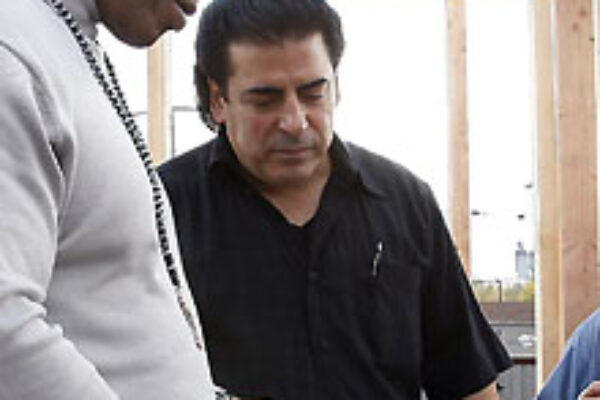

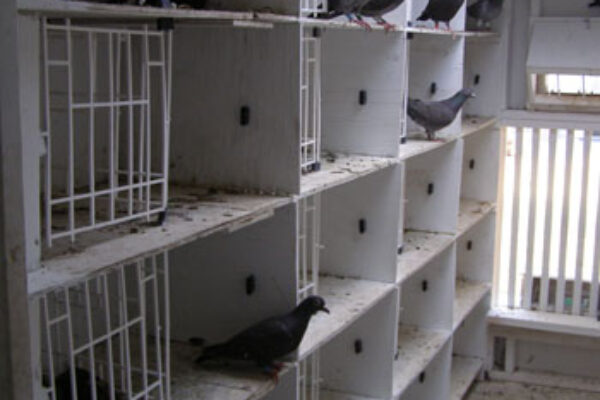
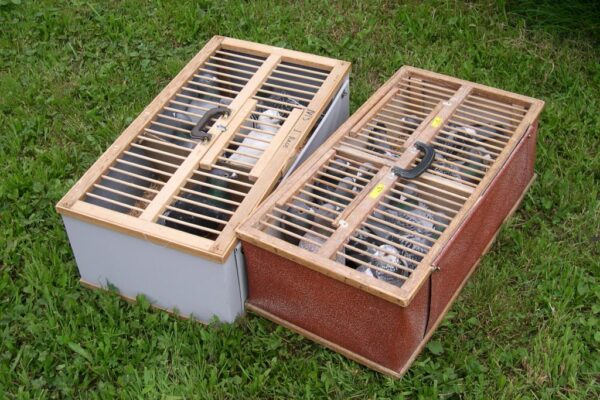
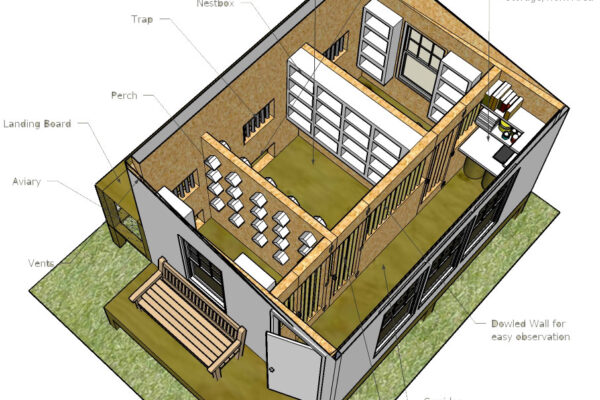
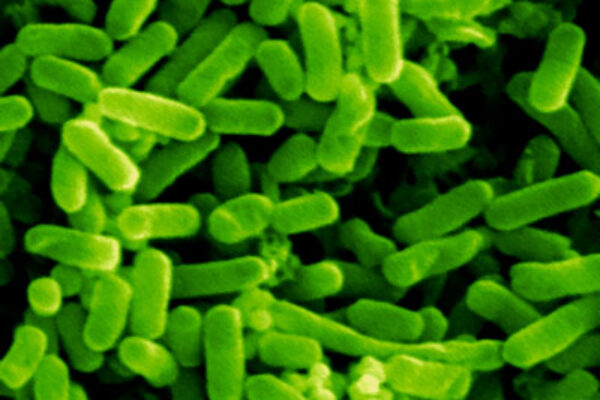


There are a significant number of changes there – credit to the Board of Directors who must be working overtime to keep up!